· Autism
· Tics & Tourette Syndrome
· Brain Injury & Concussion
· Attention Deficit / Hyperactivity Disorder (ADHD)
· Encephalitis
· Cerebral Palsy (CP)
· Epilepsy & Seizures
· Learning and Developmental Disorders
· Multiple Sclerosis (MS) and Neuromyelitis Optica
· Neuromuscular Disorders
· Peripheral Neuropathy
· Perinatal Injury
· Rett Syndrome
Huge resources are expended on research into new and effective treatments for many illnesses and disorders such as those mentioned above. The most pressing work is around those neurological disorders that affect the young.
Exciting research into the role that cannabinoids may play in helping to alleviate some of the devastating symptoms that such illnesses can cause, has seen some very positive results. In most parts of the world, therapy with cannabis or other THC-containing products is currently not sanctioned for use for children. It is generally treated as only for use in rare exceptions, where it can be considered as a last resort in particularly serious cases, where all other mainstream options have failed. In children, smoking or vaporising of cannabis is obviously not used, and preparations in oil or capsule form are most commonly administered.
Most research into cannabis relating to childhood diseases in recent years has focused on cannabidiol, otherwise known as CBD. This is, largely, due to the fact that cannabidiol is a highly effective component of cannabis that, crucially, does not have any mind-altering ( psychoactive ) effects, making it well tolerated by both children and adults, even at higher therapeutic doses. Thanks to a wide range of studies, Class I evidence of the anti-epileptic properties of CBD has been conclusively shown. It has been demonstrated that it improves seizure control when added to other anti-epileptic drugs, particularly with two very hard-to-treat forms of epilepsy. Other research has also explored those elements within cannabis, not just CBD i.e. flavonoids and terpenes, that may also have a synergistic effect with CBD, possibly enhancing its effectiveness. For example, some studies looking at full-spectrum oils, in which terpenes, THC, CBN, CBG and other components are present, in addition to CBD, was shown to be more effective in treating the symptoms of epilepsy than just CBD alone. Whilst these studies remain not conclusive, they show huge promise for further investigation. The follow-up recommendations generally assert that users of this type of preparation start with a low dose and increase it slowly and incrementally until the desired effect is achieved.
Although there are many antiepileptic drugs on the market, and many produce excellent results, for reasons yet unknown, about a third of patients do not respond to any of them. GW Pharma’s landmark 2014 study was therefore especially crucial, as it demonstrated a significant breakthrough in finding CBD to be effective in more than half of rare, therapy-resistant epilepsies, providing a potential lifeline for sufferers ( and carers ) alike. Given that CBD, unlike many epilepsy medications, has only mild side effects, early use of CBD therapies in children with epilepsy is being increasingly seen as a potential adjunct to existing therapies that can increase the chances of preventing brain damage associated with seizures.
Dr David Neubauer from the clinical department for developmental, child and adolescent neurology at the Paediatric Clinic in Ljubljana, undertook research in which one-fifth of epileptic subjects treated with natural CBD extract became completely seizure-free, whilst just over half had a lower rate of seizures. Mild side effects occurred only at very high doses. The professor presented the results of several studies with similar results, including one in Canada, where a 70% reduction in epileptic seizures was achieved using a ratio of 50: 1 CBD: THC. Such findings are particularly exciting, as they not only confirm CBD’s potential role as a source of effective treatment, but also that low, non-psychoactive levels of THC increase CBD’s effectiveness, and in doses that have absolutely no mind-altering effects. Thus, it can be used with greater safety in children or adolescents. That same research also highlighted promising results concerning other lesser-known cannabinoids called CBDA and CBDV. It concluded that in addition to epilepsy, cannabinoid therapies are already showing promising results in cases of neurodevelopmental disorders such as autism and ADHD, and so we can look forward to more exciting findings in these areas as well.
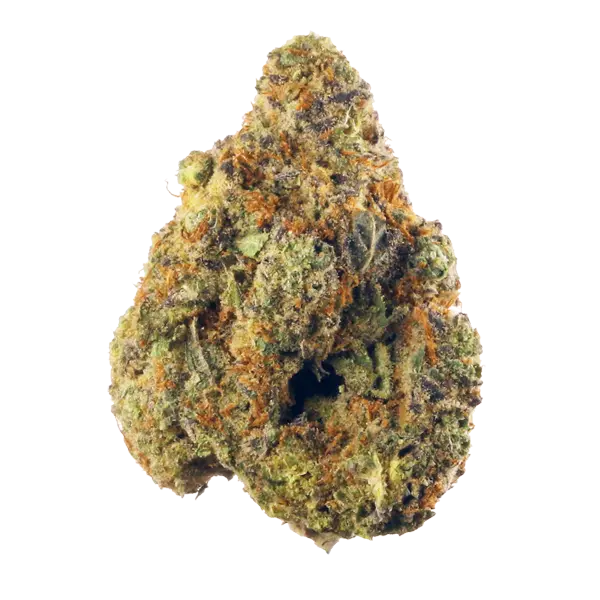


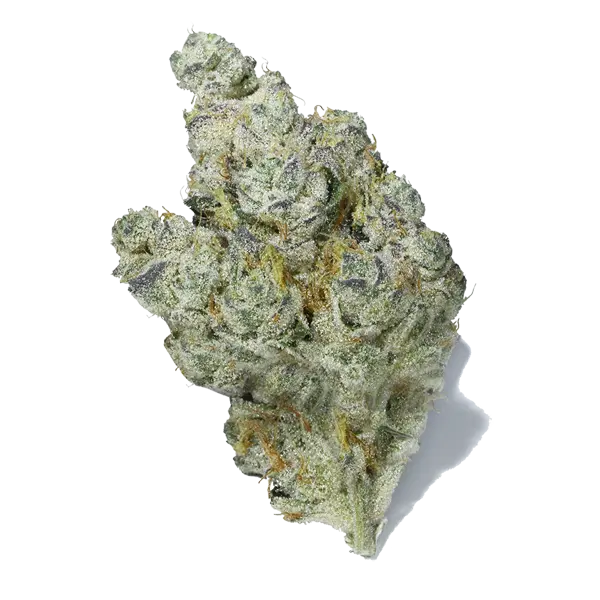
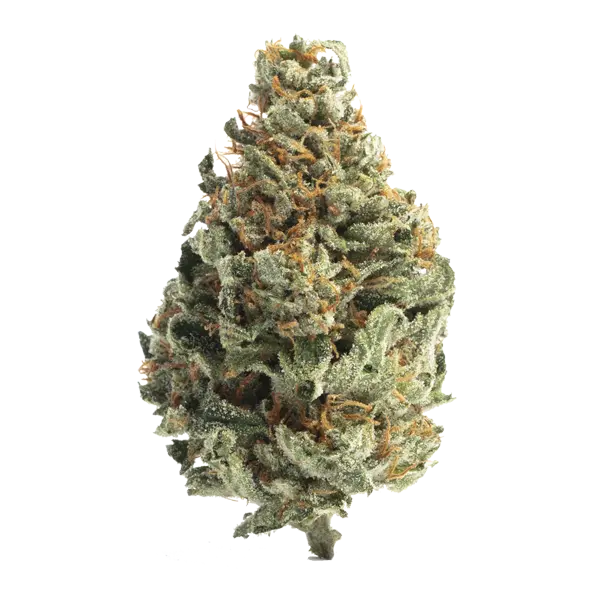
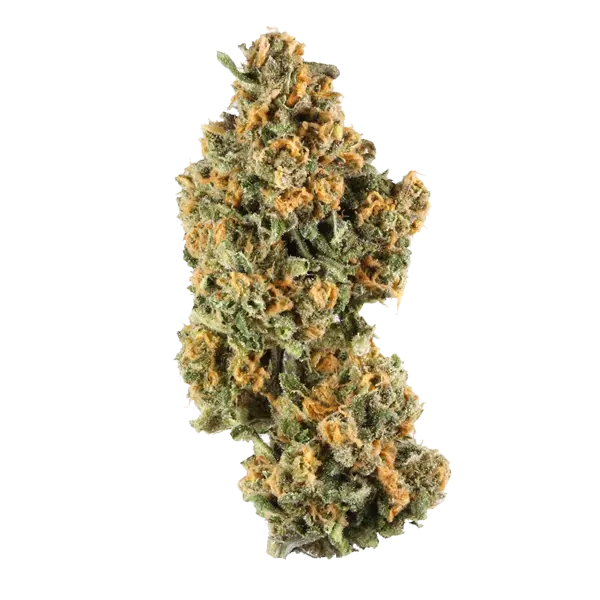

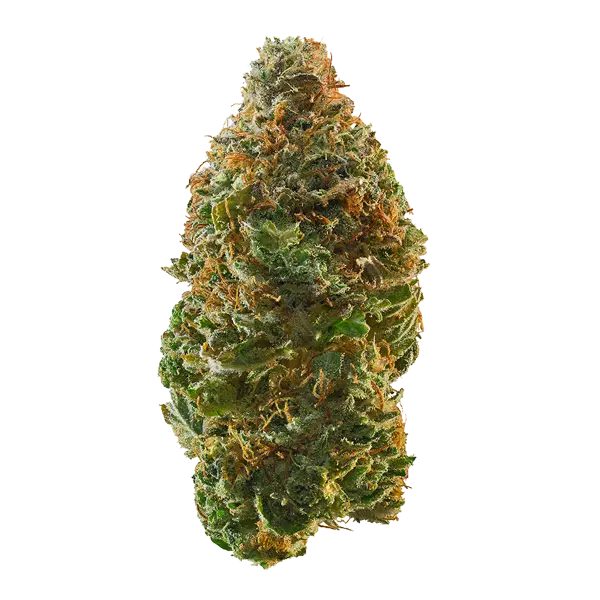

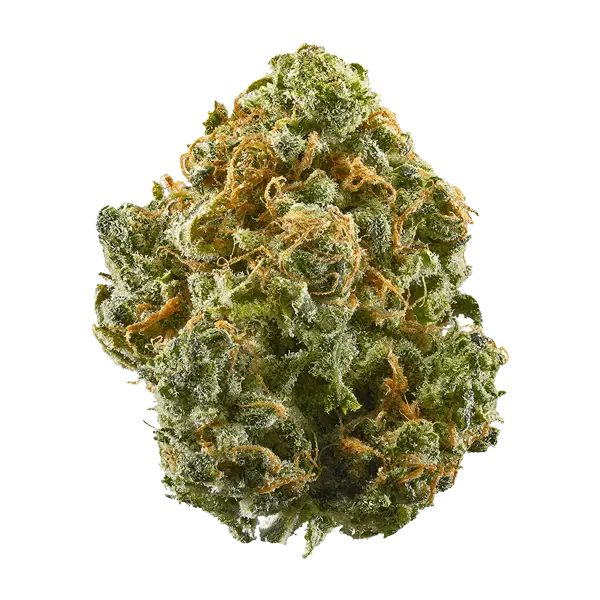

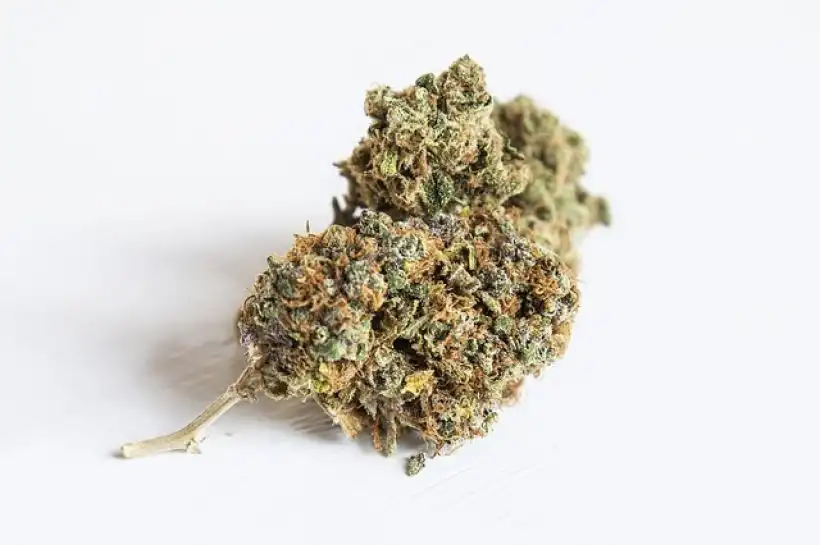





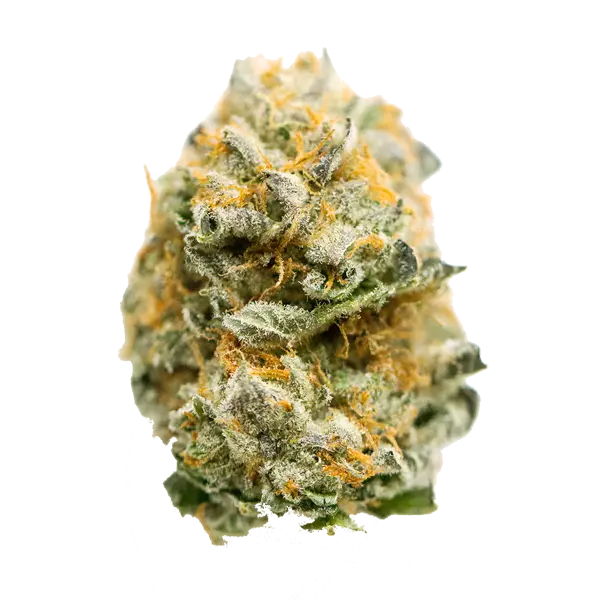
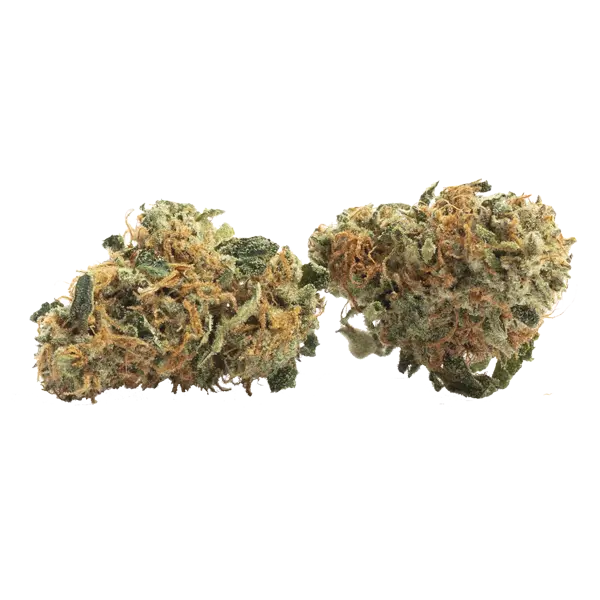
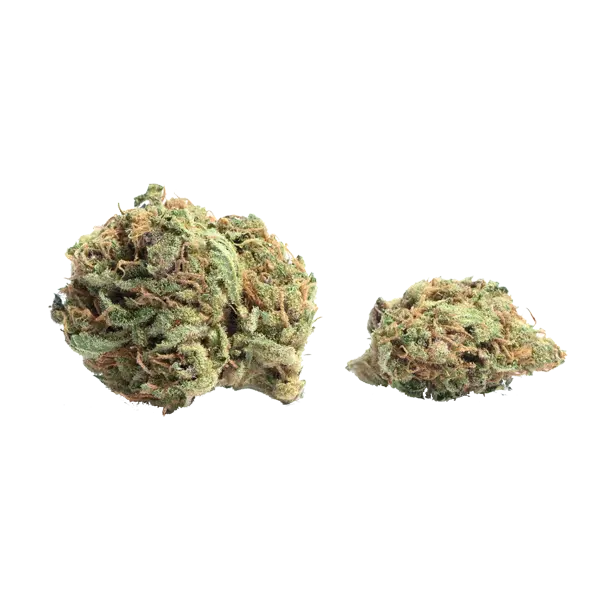







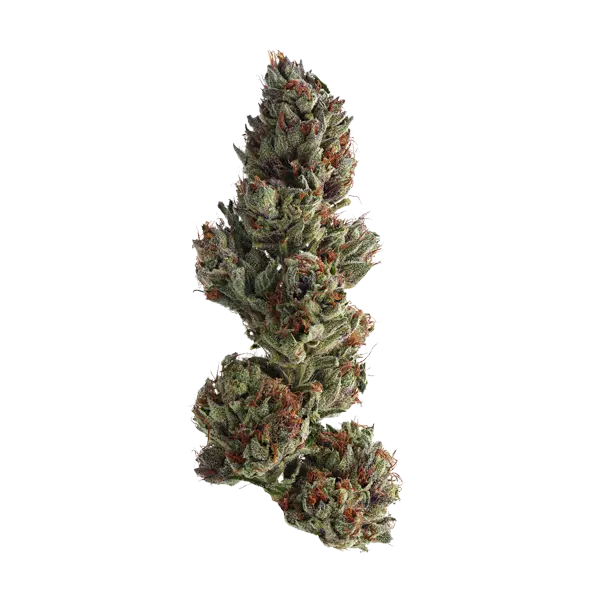



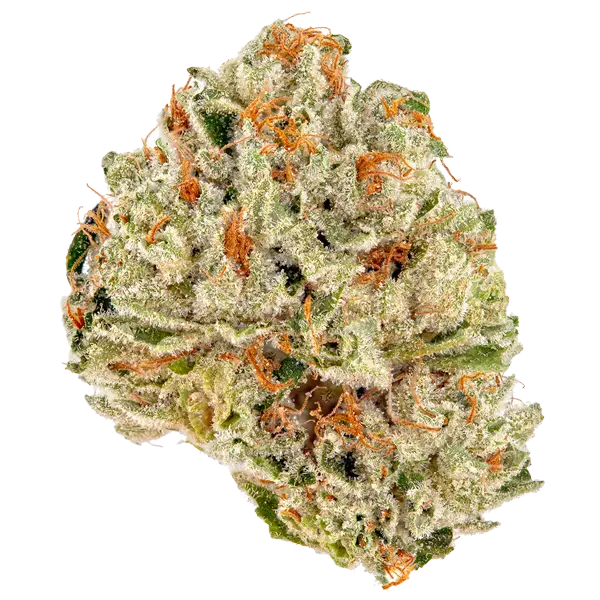
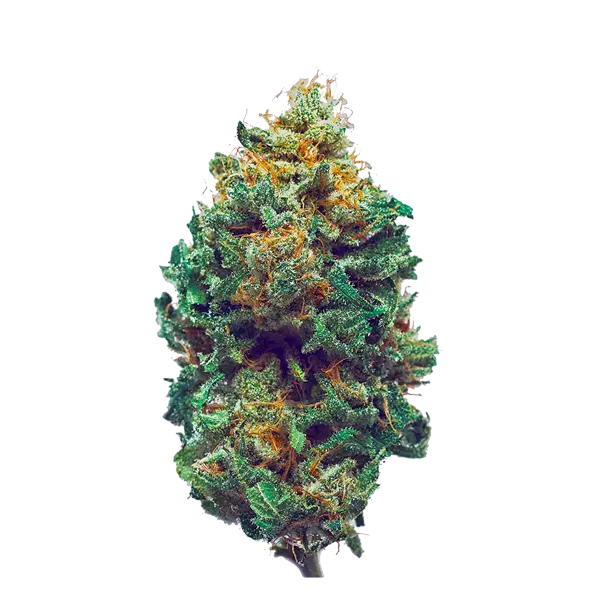
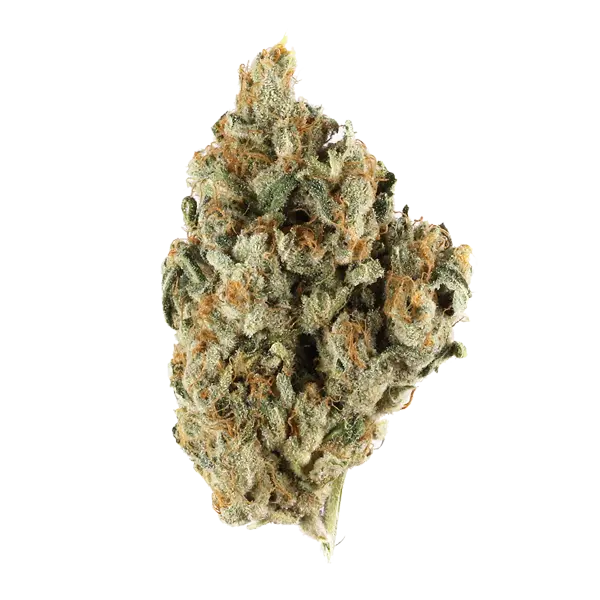

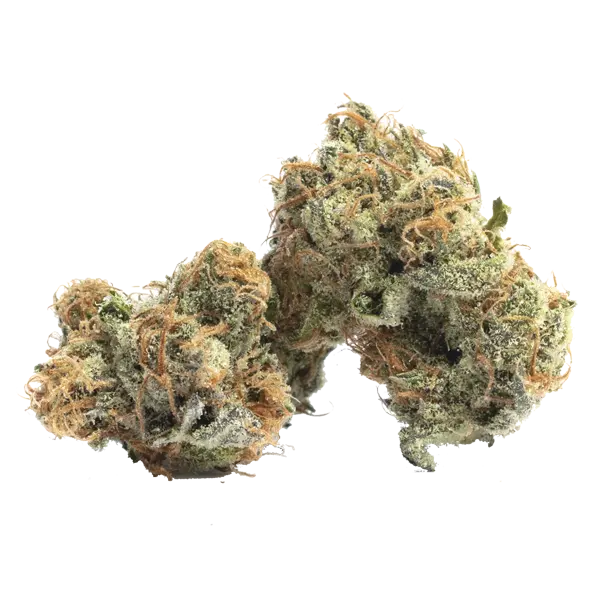
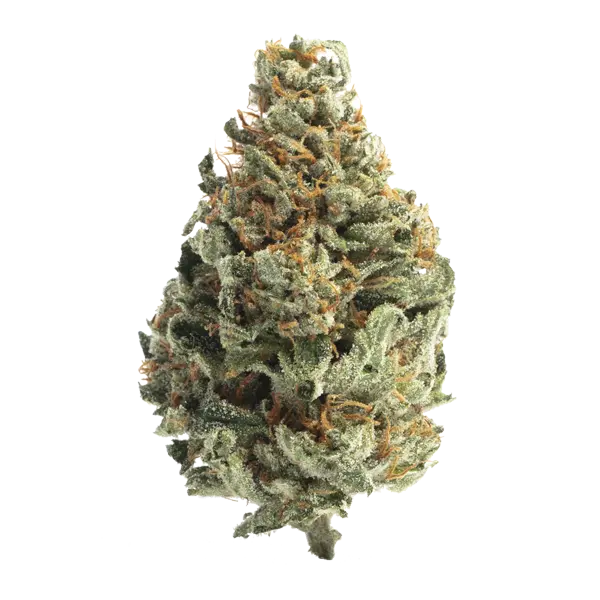
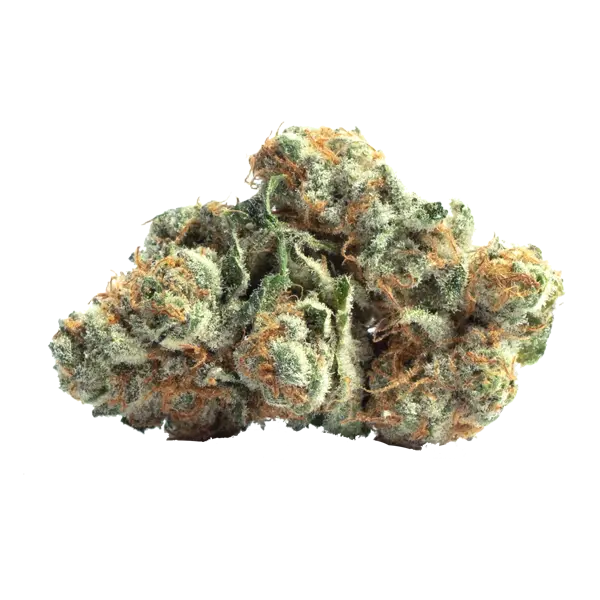
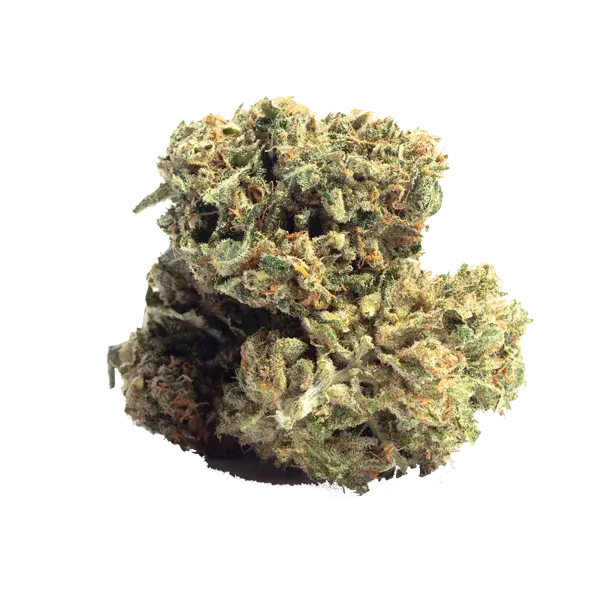
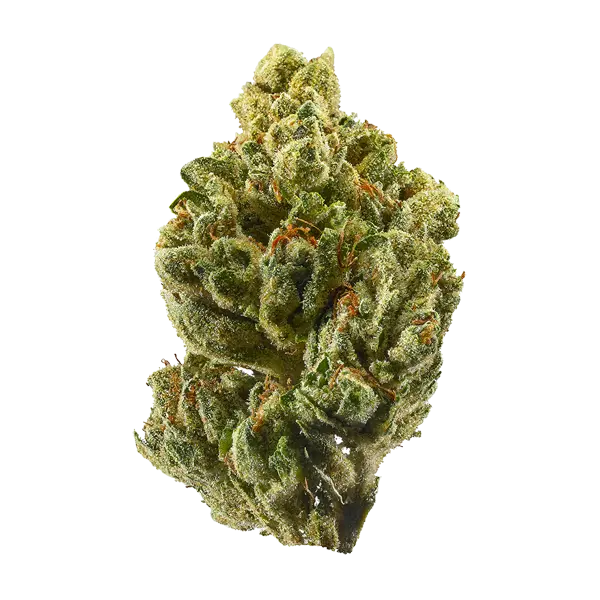
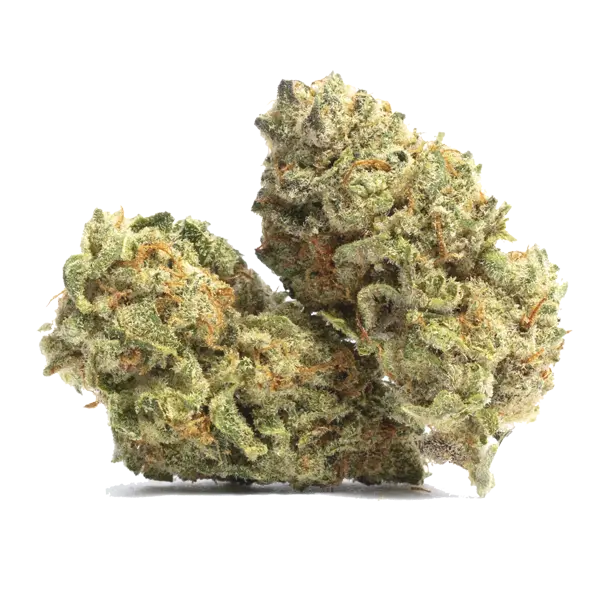
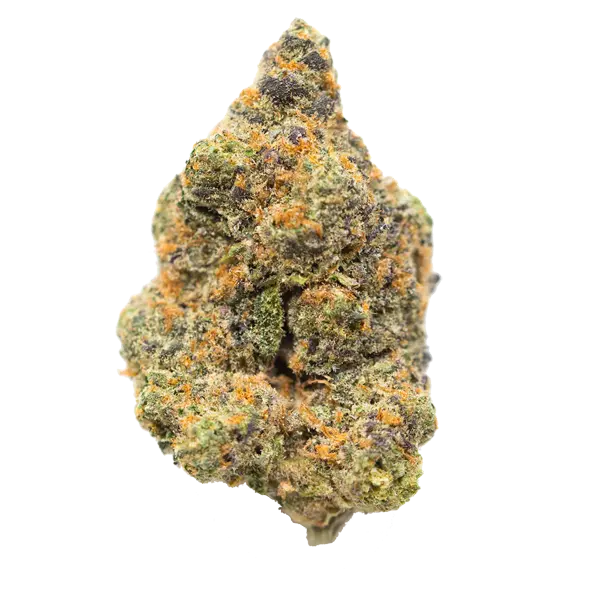
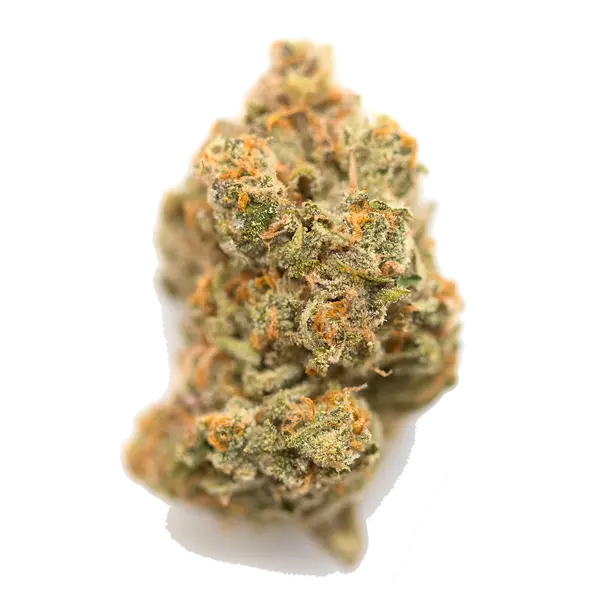
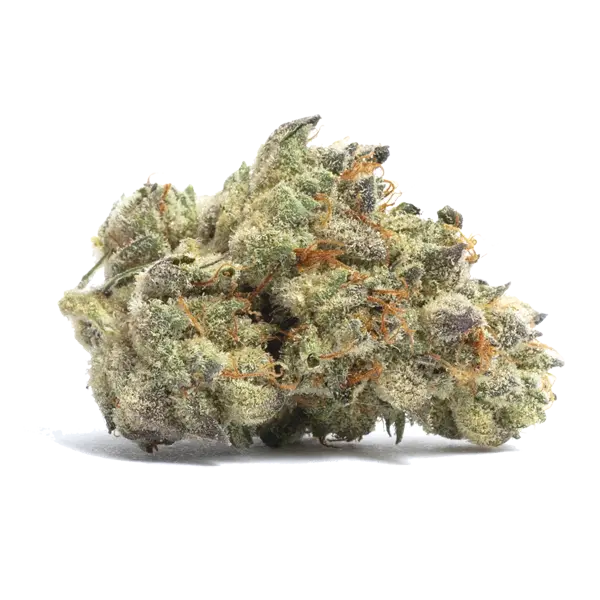
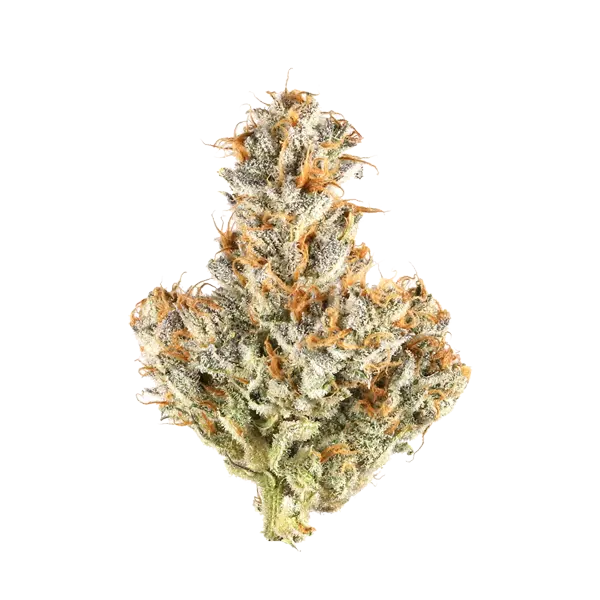
















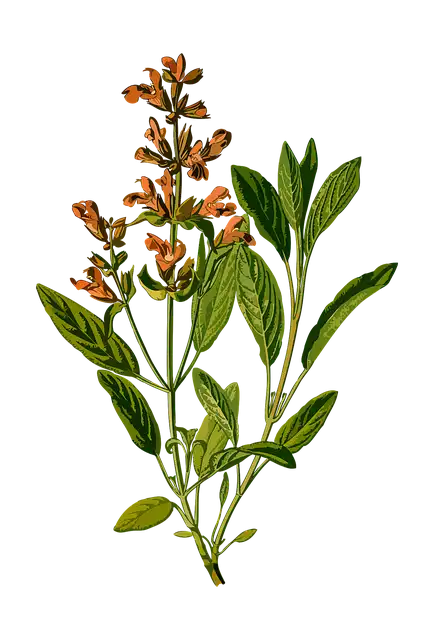

 How Best to Use Cannabis Concentrates
How Best to Use Cannabis Concentrates When And How Often Should CBD Be Used?
When And How Often Should CBD Be Used?








